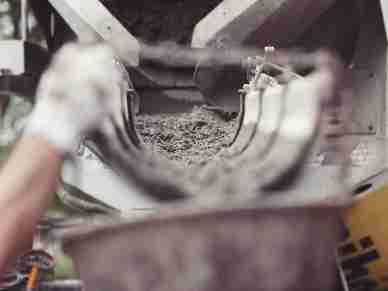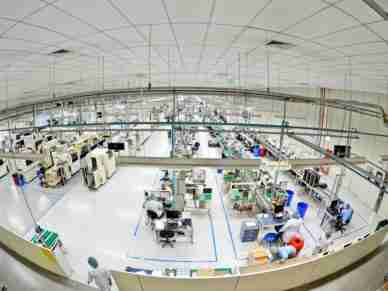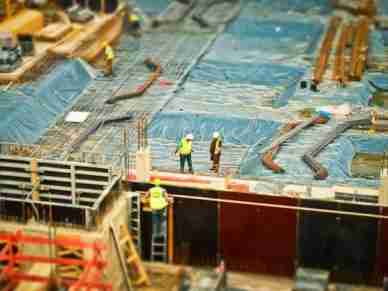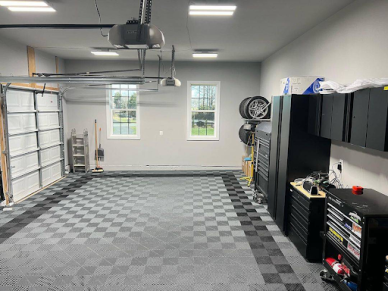Millions in ADCMS grants available to promote digital construction processes

With technology playing an ever more important role in the construction industry, the Federal Highway Administration is making funding available under the new Advanced Digital Construction Management Systems grant program (ADCMS). The program is part of the Infrastructure Investment and Jobs Act passed in 2021 and will make $85 million total available through fiscal year 2026.
“Technology has transformed many facets of life in the modern era, and we want the transportation construction industry to take advantage of these advancements to deliver projects on time and on budget,” Federal Highway Administrator Shailen Bhatt said in announcing the ADCMS Notice of Funding Opportunity. “These technologies, along with funding from President Biden’s Bipartisan Infrastructure Law, will help us more quickly deliver the transportation system of the 21st century.”
First Round
The first round of funding will award $34 million (officially marked as for fiscal years 2022 and 2023), with $17 million awarded each of the next three fiscal years. State transportation departments (plus Washington, D.C., and Puerto Rico) are able to apply by Aug. 28, and they are encouraged to partner with local governments, tribes, and private industry in designing their proposed projects. The highway administration estimates that each approved project will receive from $1-5 million in ADCMS funds. The program will “focus on digital construction, such as computer modeling and 3D design, to encourage state-of-the-art practices in project delivery,” the FHWA said.
Digital Construction Management
ADCMS is part of the FWHA’s Technology and Innovation Deployment Program, which promotes enhanced software modeling tools and better access to data for construction. The program aims to help construction professionals manage more complex projects and boost productivity by undergoing digital transformations. This includes timely information sharing among participants, development and implementation of best practices, and increased supply chain transparency thanks to real-time visibility. ADCMS hopes to maximize interoperability among systems and tools to reduce delays and cost overruns and to incorporate data use in all phases of a project life cycle.

Project Types
Specific project types the FHWA is looking to fund include those focused on safe, efficient transportation in accordance with the National Roadway Safety Strategy, the ultimate goal of which is bringing roadway deaths down to zero. Another focus for ADCMS funds will be projects that reduce transportation sector greenhouse gas emissions, incorporate evidence-based climate resilience measures and features, reduce the lifecycle GHG emissions from the project materials, and avoid adverse environmental impacts to air or water quality, wetlands, and endangered species, and address the disproportionate negative environmental impacts of transportation on disadvantaged communities.
Getting Creative
Technology and Innovation Deployment funding is set at $550 million over a five-year period. While ADCMS is a new program, state and local governments, along with private industry partners, have made creative use of funding in the last couple of years. The Utah Department of Transportation is putting $1 million toward 3D modeling software, e-construction, and drones for project delivery. The Arizona DOT and Mohave County are using Composite Arch Bridge System technology to build a durable bridge crossing over Truxton Wash. The technique allows for rapid construction with arches that are easy to transport and don’t require heavy equipment or large crews to install. Alabama’s DOT is deploying Advanced Geotechnical Methods in Exploration to repair a stretch of U.S. Route 231 that closed after a mudslide.
It will be interesting to see what innovative uses ADCMS money will go toward.
“The reason Congress put in a provision for ADCMS is because they understand how critical it is that innovation can help us deliver those funds in a really effective way,” Si Katara, a member of the Coalition for Smarter Infrastructure Investments, said.
















Leave a Reply